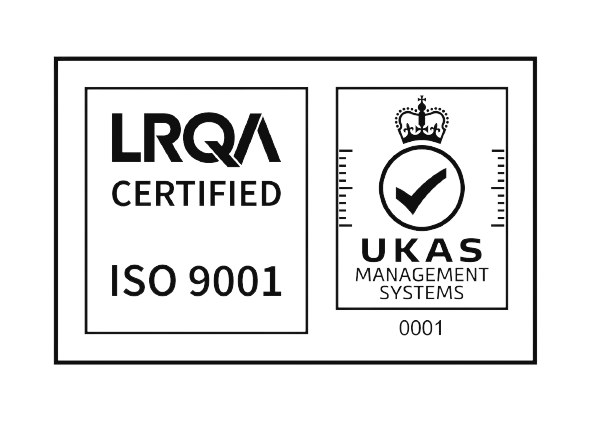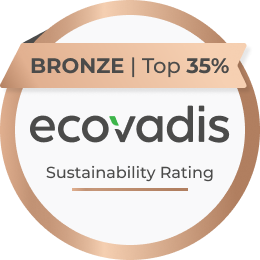What is PSA hot melt?
At its core, pressure sensitive hot melt or PSA hot melt is a type of adhesive that forms a bond when pressure is applied to it. PSA hot melt consists of a blend of synthetic rubber, acrylic, or silicone polymers, combined with tackifiers and stabilizers to create a pressure-sensitive adhesive.
The Chemistry behind PSA hot melt
To better understand the unique properties of PSA hot melt, it's essential to delve into its chemistry. The adhesive's formulation includes various components that work in harmony to provide the desired characteristics.The primary components are:
Polymers: These are the building blocks of the adhesive, determining its cohesive strength and flexibility.
Tackifiers: Tackifiers enhance the adhesive's tackiness, ensuring strong adhesion to various surfaces.
Stabilizers: Stabilizers improve the adhesive's resistance to aging and environmental factors, maintaining its effectiveness over time.
Applications of PSA hotmelt
PSA hotmelt's versatility has led to its extensive use in numerous industries, where its unique properties offer exceptional advantages. Some of the key applications include:
Packaging Industry: PSA hotmelt is widely employed in the packaging industry for sealing cartons, boxes, and envelopes. Its quick bonding ability and reliable sealing make it a preferred choice for manufacturers worldwide.
Automotive Industry: In the automotive sector, PSA hotmelt plays a crucial role in bonding components like door panels, trims, and emblems. Its excellent adhesion to various substrates and resistance to extreme temperatures make it ideal for automotive applications.
Healthcare Sector: PSA hotmelt is extensively used in the medical field for wound dressings, bandages, and transdermal patches. Its skin-friendly nature and non-toxic properties ensure safe and reliable medical adhesion.
Electronics: Electronics manufacturers benefit from PSA hotmelt in assembling electronic components, cable harnessing, and bonding touchscreen displays. The adhesive's dielectric properties and resistance to moisture ensure long-lasting electronic products.
Textile Industry: In the textile industry, PSA hotmelt is used for bonding patches, logos, and emblems on garments. Its washability and flexibility make it an excellent choice for apparel applications.
Bookbinding: Its ability to provide a strong, flexible, and long-lasting bond between book components makes it an indispensable tool for book manufacturers.
Advantages of PSA hotmelt
PSA hotmelt offers a myriad of advantages over traditional adhesives, making it a preferred choice for various applications. Some notable benefits include:
Instant Bonding: PSA hotmelt forms an immediate bond upon contact, eliminating the need for curing time or drying processes.
No Solvents or Water: Unlike solvent-based or water-based adhesives, PSA hotmelt is solvent-free, reducing environmental impact and ensuring a clean application process.
Excellent Adhesion: PSA hotmelt adheres well to a wide range of surfaces, including metals, plastics, paper, and fabrics, providing a reliable and durable bond.
Easy Application: Its pressure-sensitive nature allows for easy application, reducing the complexity of bonding processes.
Removability: In some applications, PSA hotmelt can be removed without leaving residue or damage, offering flexibility and ease of use.

 Deutsch
Deutsch
 Français
Français
 Nederlands
Nederlands
 polski (Polska)
polski (Polska)


